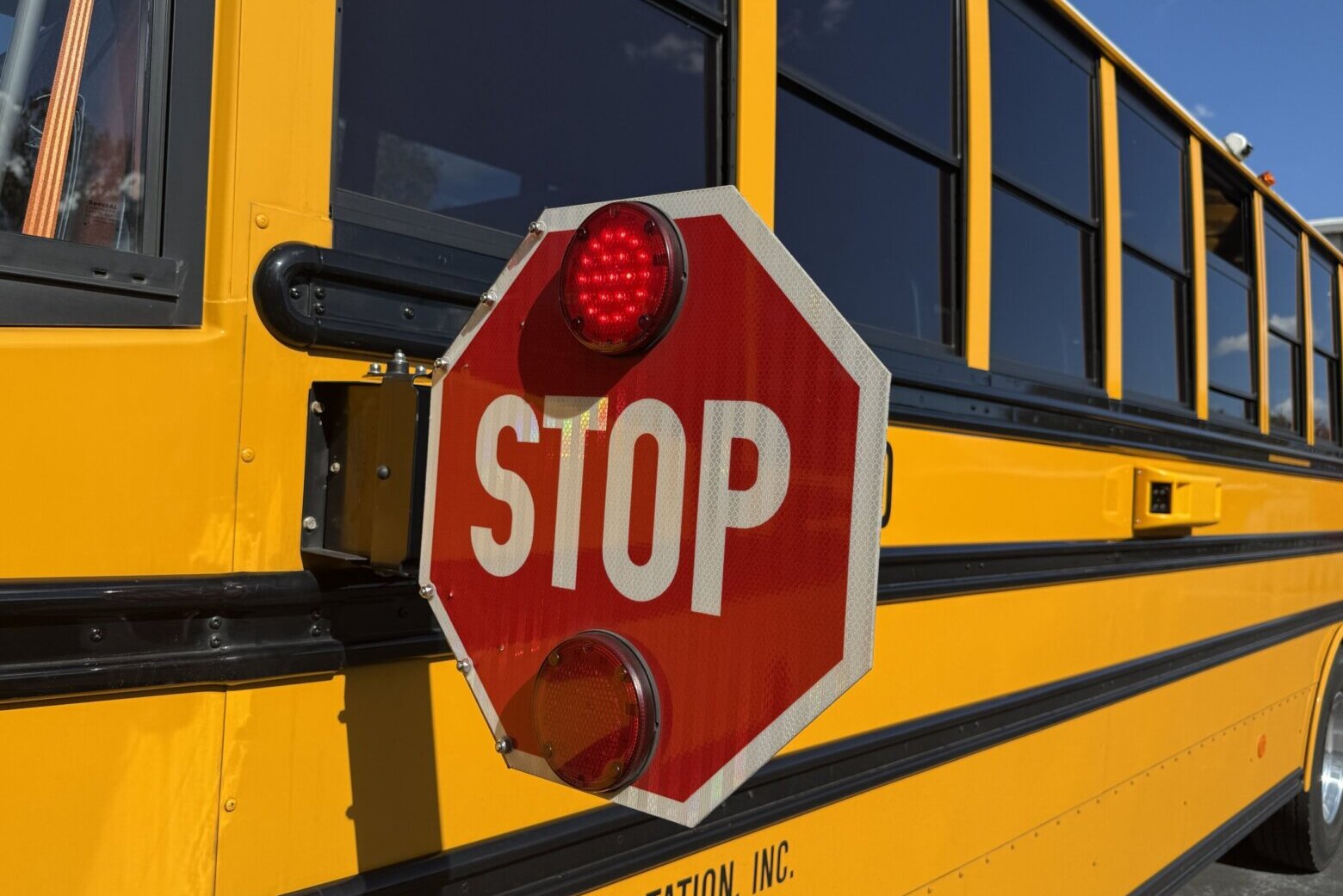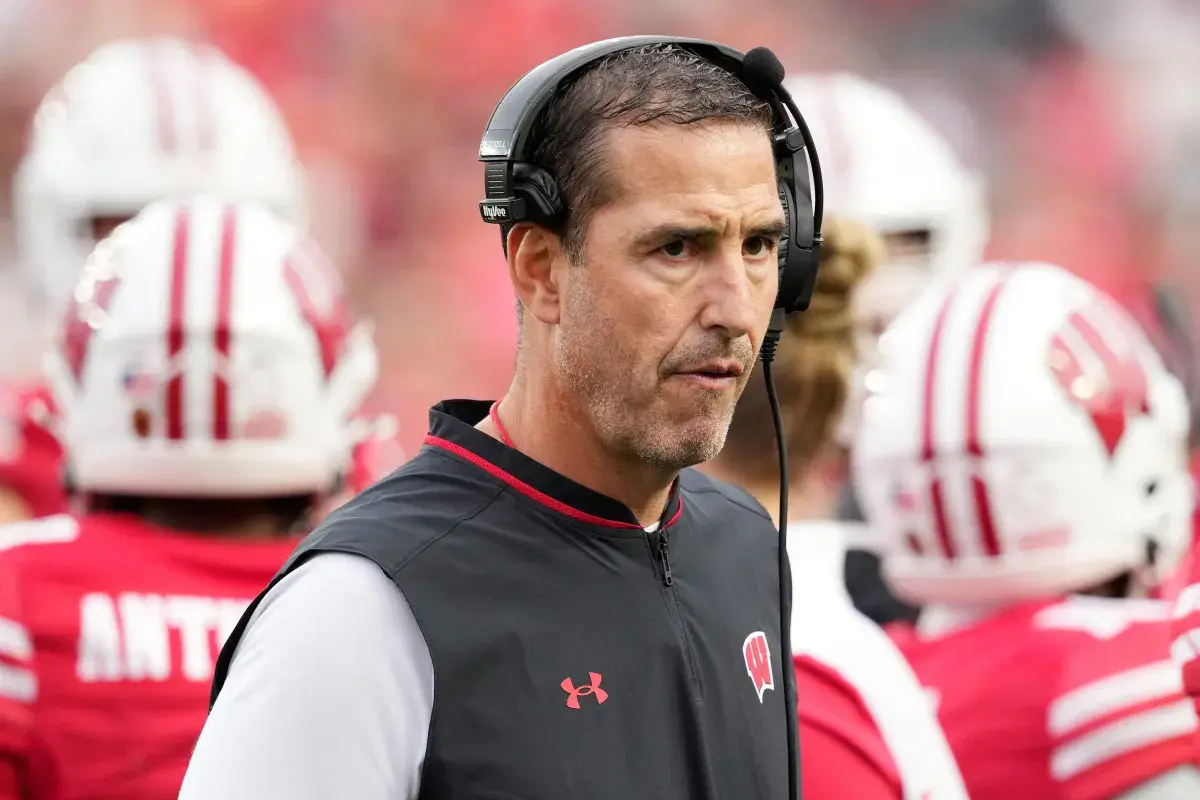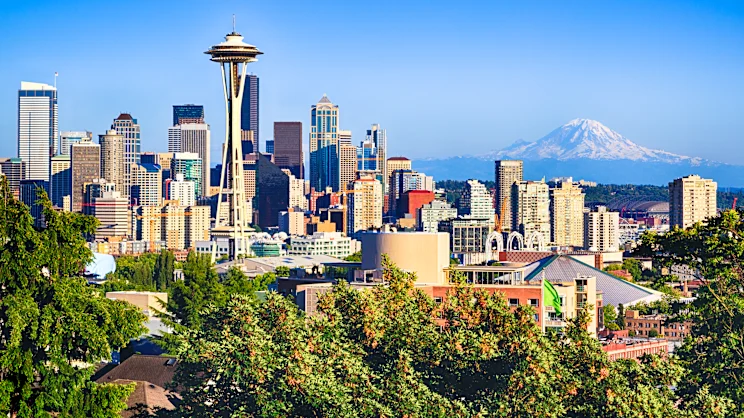Copyright WTOP

New technology on Maryland school buses is keeping children safer as they travel to and from school, according to state safety leaders who gathered in Howard County on Wednesday. They were touting the use of automated enforcement cameras, which the leaders said are drastically cutting down on the number of instances of drivers passing school buses that are stopping to pick up or drop off children. “We’re able to eliminate up to half of those occurrences within the first couple of years,” said Justin Meyers, president and chief innovation officer with BusPatrol. BusPatrol is the vendor that runs automated enforcement cameras on buses in Prince George’s, Montgomery and Howard counties. “Over the last four years that we’ve been on these buses, we’ve been able to reduce the number of violations here in Howard County by as much as half,” Meyers said. “Then over time, nationwide, 90% of the time that someone receives a violation from a bus patrol evidence package, they never commit that violation again.” Last year more than 8,000 tickets were doled out to people passing a bus in Howard County. In all, nine school systems in Maryland have bus camera programs. “Last school year alone, cameras captured over 20,000 school bus stop arm violations” statewide, said Tim Kerns, director of the Maryland Highway Safety Office. “That’s an average of more than 110 drivers each school day illegally passing a stopped school bus. And those are just the ones we know about.” On a ride through the Elkridge area, one driver almost passed coming from the opposite direction, stopping once it was even with the bus. Kerns said that’s where people often have a common misconception about when it’s OK to pass a bus. Even coming from the opposite direction, the only time it’s OK to keep going is when there’s a physical median dividing the road. If it’s just a double yellow line or a turn lane, drivers still have to stop. “We want to make sure that everybody’s sharing the road and making sure we’re looking out for one another and staying safe out there,” Kerns said. Leaders are also encouraging not just the rest of the school systems in Maryland, but nationwide, to adopt similar technology. “We’ve been recommending this technology for at least the last five years, if not before then,” said Todd Inman, a member of the National Transportation Safety Board. “We’ve seen a significant decline whenever automation and technology is put into place.” He also pushed for more states to require seat belts on school buses. “Does that mean it’s unsafe to operate? No,” Inman said. “Does it mean that we can find additional layers of safety protect? Yes, we can.” The hang-ups usually focus around costs of retrofitting buses with seat belts as well as the time it takes to check to make sure kids are wearing them, and who would be responsible. But it’s something he encourages states, including Maryland, to figure out. “The more states that adopt that, the more states that make it mandatory, the safer the children will be,” Inman said. Get breaking news and daily headlines delivered to your email inbox by signing up here. © 2025 WTOP. All Rights Reserved. This website is not intended for users located within the European Economic Area.



